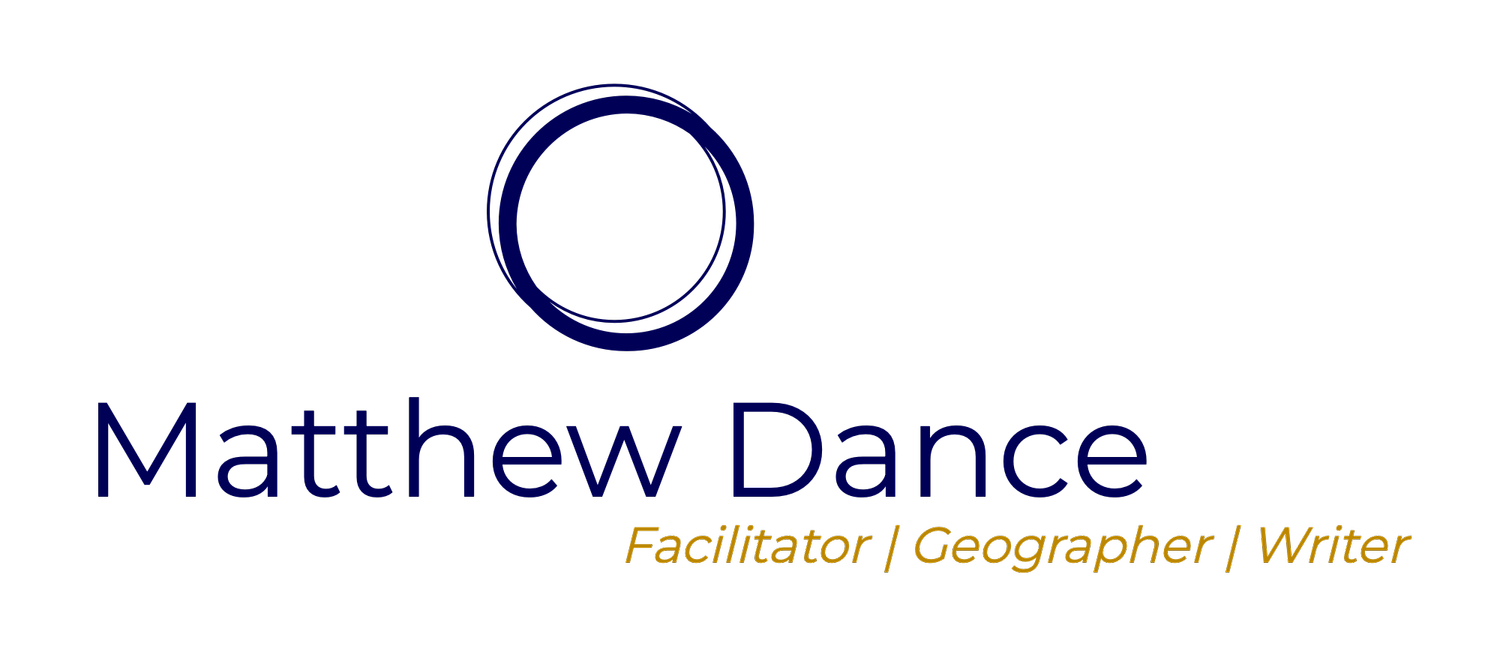Urban GeoWeb 1
This is an inaugural post, the first of a series that will explore the intersection of the Urban with the GeoWeb and Social Computing. My interest is specific to data visualisation, collaboration and access to resources that will enrich citizens experience living and working in urban environments. The GeoWeb is emerging (has emerged?) as a dominant platform by which people consume, generate and communicate spatially relevant information that is a reflection of their use and experience interacting with urban areas. Social Computing is that cloud of information and people / groups that surrounds us all, and that we access via a mobile devise or computer.
Transit is an obvious way to incorporate several data streams - open transit data which describes the bus schedule and bus stop locations, potentially GPS from individual buses - all displayed on an interactive map interface that supports queries. This is standard. Mapnificent is not standard as it displays all of the Google enabled transit maps in the world, and provide the user travel times. TripTropNYC creates a travel time heat map from any location of New York. Boston's Street Bump app utilises a smart phone's GPS and accelerometer to provide a realtime view of the state of Boston's roads. I love this this type of application development is seeking to crowdsource, through citizen based sensors, less expensive ways to track urban infrastructure.
Sustainable Cities Collective expands on this theme by discussing WikiCity as a way to engage citizens in city improvement:
Local groups all around the world are taking the initiative and are building the infrastructure that governments refuse or are slow to do.
Charlie Williams, an UK based artist, has created some very cool looking Air Boxes which provide realtime feedback to citizens on the quality of their air. These boxes sit at street level and simply shows a red, orange, or green graphic depending on the quality of the air.
Finally, the MIT Sensable City Lab hosted a Future Cities forum that brought together a number of leading thinkers, including Carlo Ratti the Lab's director, to discuss future cities. The video of these talks can be found here.
I'll close with these words from the Future Cites website:
Over the next few decades, the world is preparing to build more urban fabric than has been built by humanity ever before. At the same time, new technologies are disrupting the traditional principles of city making and urban living. This new condition necessitates the creation of innovative partnerships between government, academia, and industry to meet tomorrow's challenges including higher sustainability, better use of resources and infrastructure, and improved equity and quality of life.
